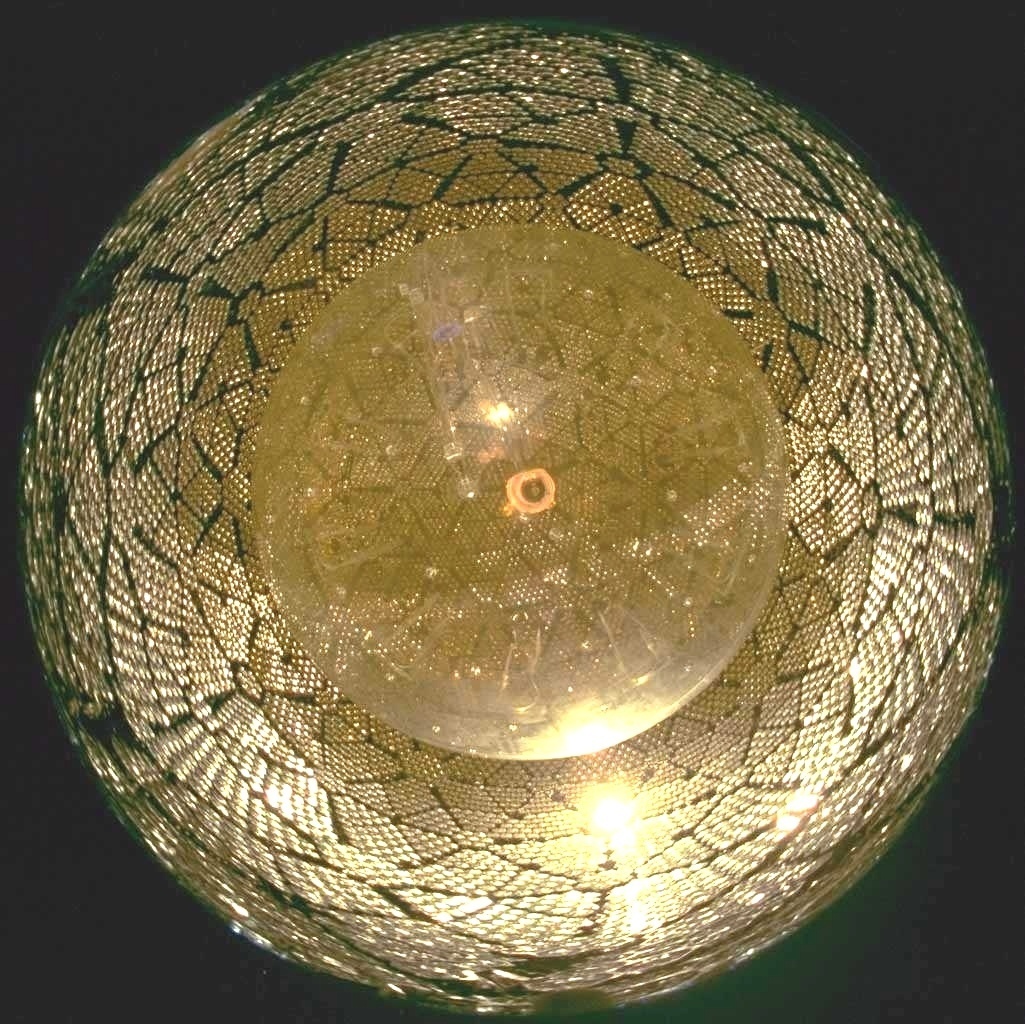Neutrinos are some of the most elusive particles in the universe, even though they’re some of the most common. But now that scientists have detected 17 types of neutrinos, researchers are learning more and more about these tiny particles and how they work—and might even be able to use them to detect other massive particles in the future. Learn about the different types of neutrinos and why they matter for the universe today.
What Are Electron, Muon, and Tau Particles?
Neutrinos are a type of particle that was first proposed in 1930 as a way to explain why certain radioactive decay processes seemed to violate conservation laws. The name neutrino comes from the Italian word neutra or neutral, which refers to the fact that they have no electric charge. Electron particles have the same mass as electrons but move at different speeds. Muons are heavier than electrons and move faster, while tau particles are even heavier than muons and move even faster. Scientists believe there are three types of neutrinos: electron neutrinos, muon neutrinos, and tau neutrinos. And scientists estimate there could be 100 trillion electron-type particles per square centimeter in the universe—or 1 quadrillion per cubic meter! —with more every second coming out of stars and galaxies. That’s amazing to think about because most matter in the universe is composed of dark energy and dark matter, not visible stars and galaxies.
First Generation: Neutral Leptons, Second Generation: Charged Leptons, Third Generation: Charm
The first generation neutrinos are neutral leptons. Second generation neutrinos can be charged leptons, which means they have an electric charge. The third generation neutrinos are charm particles, which is a type of particle that has a strange quark in it. Particle accelerators generate theses types of neutrinos, but we haven’t been able to see them yet because scientists haven’t seen one outside of a laboratory yet. These third generation neutrinos come from higher up in space than second generation neutrinos, so as we continue to search for more and more distant galaxies, we might find some new types of particles. Scientists have had the most luck with detecting electron neutrinos, muon neutrinos, tau neutrinos, and electron antineutrinos. However, this could all change if these three generations turn out to be something else entirely. For example, when scientists looked at supernovae data, they found evidence that cosmic rays may actually be creating neutrinos. If this were true then our understanding of how stars form would need to be adjusted. We’ve also known for years that neutrinos exist in different flavors (or types) called electron, muon, and tau. But if each flavor comes from different sources or backgrounds, then what does it mean for the universe? It could mean that there are many more sources of flavor changing mechanisms than previously thought. More study will show us what’s really going on here.
Fourth Generation: Bottom Quark; Fifth Generation: Top Quark
In our universe, there are many different types of neutrinos. The most popularly known ones are the electron neutrino, muon neutrino, tau neutrino. These types exist in fourth generation particles as they are created by a nuclear decay process that occurs when an electron is absorbed by a proton to create a neutron and an electron antineutrino. Meson neutrinos also have four generations, where all but the first-generation particles have been observed. Bottom quark neutrinos (fourth generation) were detected in November 2013 at Fermilab’s MiniBooNE detector. Top quark neutrinos (fifth generation) are not expected to be detected until 2022 or later due to their lower energies. It is predicted that these fifth-generation neutrinos will have properties similar to those of other weakly interacting particles like photons. We can expect these new discoveries to change everything we know about the universe! A bottom quark was discovered in November of 2013 at Fermilab’s MiniBooNE detector. However, it is anticipated that top quarks won’t be discovered until 2022 or later because they don’t produce nearly as much energy. So this type of neutrino would only be useful if scientists want to find out what happens before the Big Bang. You might think that with so many different types of neutrinos, physicists could make any sort of prediction they want about the world! But you’ll soon see that isn’t the case…
Meson neutrinos also have four generations, where all but the first-generation particles have been observed.
Sixth Generation: Sterile Neutrino; Seventh Generation: Hot Dark Matter
We have known about neutrinos since 1932 when Wolfgang Pauli first theorized them as a way to get rid of pesky energy that was not associated with any other particle. It wasn’t until 1956 that they were observed by Cowan and Reines, who called them ghost particles because they cannot be seen. But in 1995, Super Kamiokande confirmed that neutrinos oscillate from one type to another based on an assumption made by scientists: if you are missing electrons in your atom, it is probably because an electron became a positron or vice versa (or if you are missing protons). The theory of super symmetry hypothesizes that there may be a seventh generation neutrino which may make up dark matter. Scientists also believe there might be a sterile neutrino-a version of the standard neutrino that does not interact at all with normal matter-which would explain why no sterile neutrinos have been detected so far. Sterile neutrinos would cause additional oscillations, making detection more difficult than usual. However, this type of neutrino could still affect us indirectly by influencing the evolution of galaxies and even change the human experience on Earth due to gravitational waves. So although sterile neutrinos are hard to detect, we should still be interested in their existence and their role in our universe.
![]()
